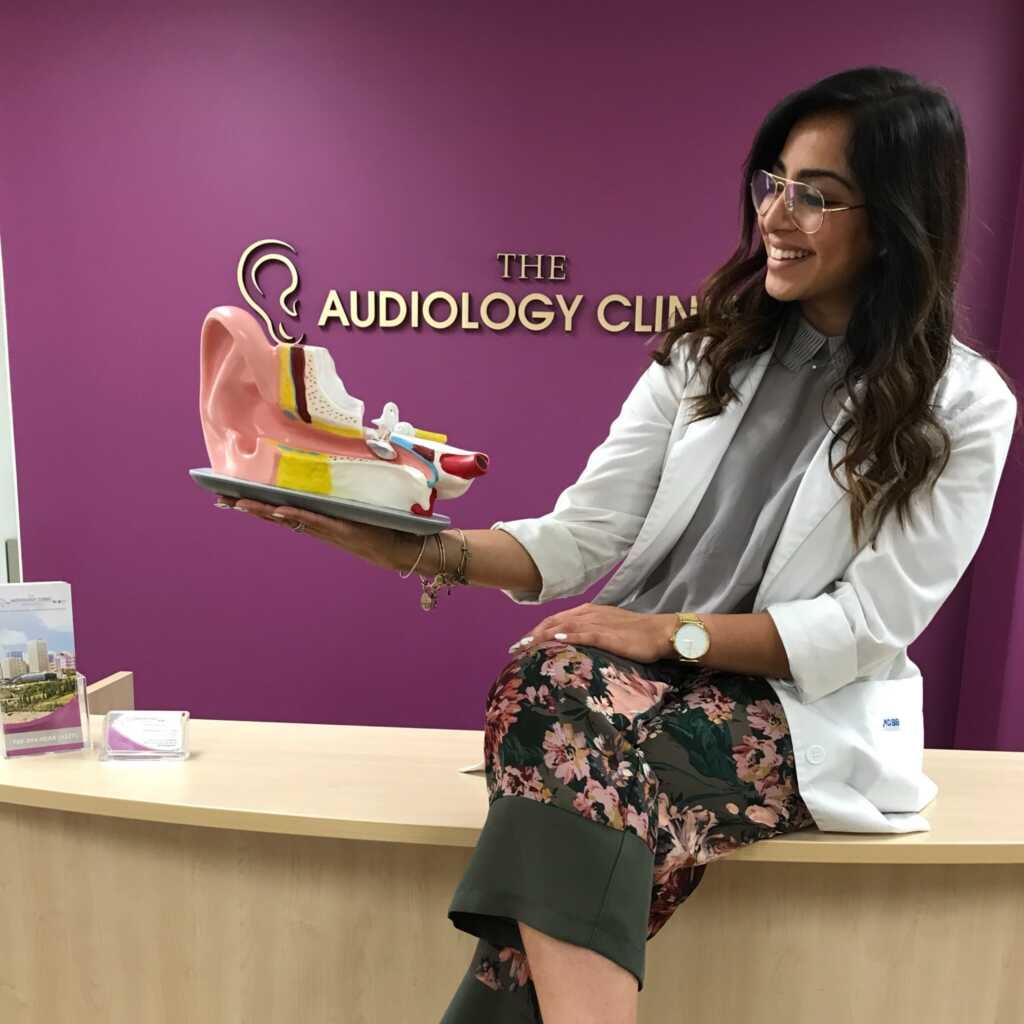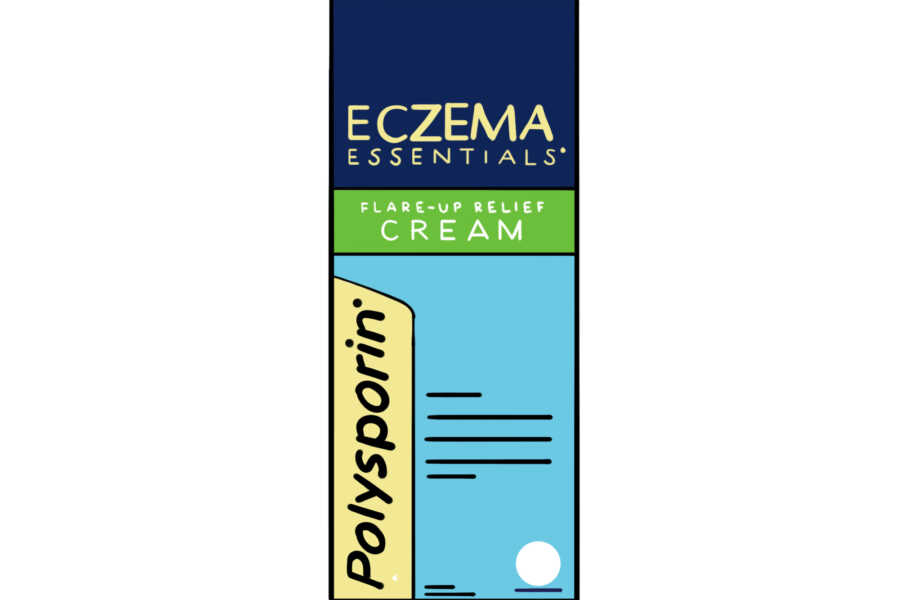If you haven’t given much thought to earwax, you are probably with the majority! For the most part, earwax is a pretty healthy thing. If you need to remove earwax, make sure you are doing it safely! Q-Tips® are the mainstay to remove earwax – but are they the best thing for your ears?
Read our Q&A with audiologist Ruhee Kassam and owner of The Audiology Clinic in Edmonton, Alberta. She specializes in some pretty cool things like hearing tests, hearing aids, hearing protection and constantly giving advice on how to safely remove earwax. She also has a special interest in educating the public about hearing loss prevention. Here are some of the questions we asked:
- What is the most common question you get asked about ear wax?
- When should someone remove the wax and when should they leave it alone?
- What’s the biggest piece of advice you give when people ask how to remove it?
- What’s the most common self-inflicted ear injury you see?
- Best advice for people to maintain healthy hearing throughout their lives?

What is the most common question you get asked about ear wax?
Definitely how to remove it!
When should someone remove the wax and when should they leave it alone?
If it is bothersome or impacting the ability to hear it should be removed. Otherwise, earwax is pretty normal.
What’s the biggest piece of advice you give when people ask how to remove it?
First, I always suggest placing a few drops of any oil (coconut, olive, mineral…) in each ear for about a week before sleeping. Placing a bit of cotton just on the tip of ear canal helps keep the oil from leaking out. If the wax doesn’t come out by itself and it is still bothersome or impacting their hearing, they should follow up with someone who can remove it – like their family physician.
Side Note: If you are curious about any of the over-the-counter products to remove earwax, here is a full product review of a popular one: Cerumol®
Second, avoid Q-Tips®! The wax you see on a Q-Tip is wax that was already on the way out (naturally). The Q-TIP® pushes the wax left in your ear further down your canal, making it difficult to remove because it hardens (almost like a scab).
Third, avoid using ear candles! Often, the wax you see is from the candle itself (also made from wax), not your ear. The candle is supposed to create a vacuum to suction the wax out. If the vacuum seal breaks, hot wax can fall into your ear and burn your ear drum.
What’s the most common self-inflicted ear injury you see?
Ruptured eardrums from Q-Tips® that have accidentally gone in too far, ear drum burns from ear candles and noise induced hearing loss. Protect your hearing! Once you have noise related damage to your inner ear hair cells, they WILL NOT recover.
Best advice for people to maintain healthy hearing throughout their lives?
Use hearing protection when exposed to loud noises and get your hearing assessed regularly. Get a baseline ASAP, and then maintenance checks every 2-3 years.


Leave a Comment